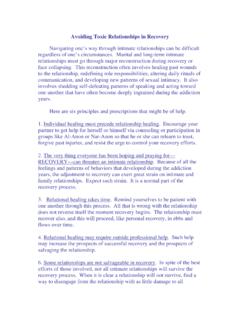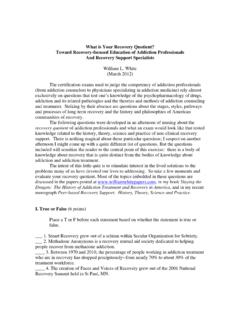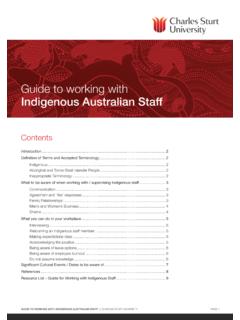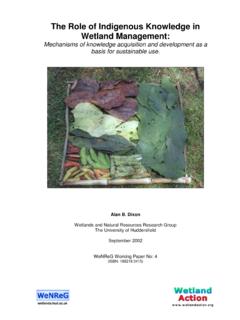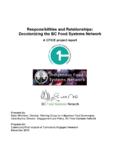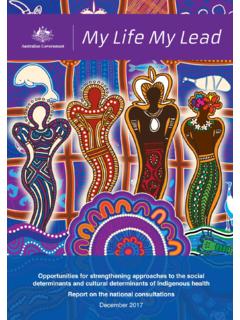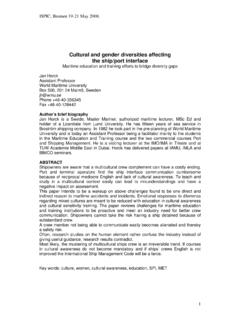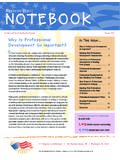Transcription of ADDICTION RECOVERY COMMUNITIES …
1 ADDICTION RECOVERY COMMUNITIES indigenous CULTURES 1 Published in abridged form as: White, , Evans, , Lamb, R. & Achara-Abrahams, I. (2013) ADDICTION RECOVERY COMMUNITIES as indigenous cultures: Implications for professional and scientific collaboration. Alcoholism Treatment Quarterly, 31(2), 121-128. Brief Field Report ADDICTION RECOVERY COMMUNITIES as indigenous Cultures: Implications for Professional and Scientific Collaborations William L. White, MA1 Chestnut Health Systems, Bloomington, Illinois USA Arthur C. Evans, Jr., PhD, Roland Lamb, MA, and Ijeoma Achara-Abrahams, PsyD Philadelphia Department of Behavioral Health and Intellectual disAbilities, Philadelphia, Pennsylvania USA This commentary conceptualizes RECOVERY mutual aid organizations and other grassroots, non-professional RECOVERY support institutions as indigenous cultures, identifies ethical issues that can arise in professional and scientific collaboration with such cultures, and provides a checklist that can guide professional and scientific collaborations with grassroots RECOVERY support organizations.
2 KEYWORDS Experiential knowledge, indigenous intelligence, RECOVERY COMMUNITIES , RECOVERY mutual aid Introduction ADDICTION treatment as a specialized system of care has grown significantly in the United States over the past half-century. One of the more important contextual changes now influencing that system of care involves the expansion and diversification of non-clinical RECOVERY supports available as an adjunct or alternative to ADDICTION treatment (Valentine, 2011; White, 2009, 2010). Secular, spiritual, and religious RECOVERY mutual aid groups have grown in size, have become more geographically accessible, and now extend to Internet-based RECOVERY COMMUNITIES (White & Kurtz, 2006). New grassroots RECOVERY community organizations have formed and linked themselves into an increasingly vibrant new RECOVERY advocacy movement new in terms of its constituencies, core ideas, and strategies (White, 2007).
3 New RECOVERY support institutions have emerged through this process that fall outside the traditional categories of professional treatment and RECOVERY mutual aid groups. These new RECOVERY institutions include RECOVERY community centers, RECOVERY homes, RECOVERY schools, RECOVERY industries, RECOVERY ministries, RECOVERY cafes, RECOVERY -focused sporting activities, and RECOVERY -themed activities in literature, art, music, film, and theatre (White, Kelly, & Roth, 2012). 1 Address correspondence to William L. White, MA, Chestnut Health Systems, 3329 Sunset Key Circle, Unit #203, Punta Gorda, FL 33955, email: ADDICTION RECOVERY COMMUNITIES indigenous CULTURES 2 Interest is growing in the effects these RECOVERY support alternatives can exert on long-term RECOVERY outcomes (White, Humphreys, et al.)
4 , 2012). As a result, ADDICTION treatment and ADDICTION research organizations are increasingly reaching out to collaborate with these new RECOVERY support organizations (Achara-Abrahams, Evans, & King, 2011), and such collaborations are likely to increase under the growing influence of the Affordable Care Act (Buck, 2011). In our work with such groups in Philadelphia, Pennsylvania and throughout the country, we have become acutely aware of some of the difficult ethical and professional practice issues that are arising within the context of these collaborations (White et al., 2007). Based on this experience, we contend that: 1) local COMMUNITIES of RECOVERY are best viewed as indigenous cultures ( indigenous understood here to mean rooted within and naturally arising from the community.
5 Natural support as opposed to professionalized support within a formal health care institution), 2) many forms of inadvertent harm in the name of help can flow from these professional- indigenous collaborations, 3) the ethical issues and ethical guidelines noted in the professional literature on the relationships between ADDICTION professionals/researchers and historically disempowered ethnic COMMUNITIES can be applied to relationships with COMMUNITIES of RECOVERY , and 4) professionals can use a process of self-inventory to help heighten their effectiveness, ethical sensitivities and ethical decision-making abilities within these collaborative relationships. The primary purpose of this article is to share the inventory checklist we have developed to guide our own collaborations in this area.
6 Inventory for Professional Collaborations with indigenous COMMUNITIES of RECOVERY Table 1 illustrates the kinds of questions that can guide professional collaborations with indigenous COMMUNITIES of RECOVERY . These are the kinds of questions that have arisen through our collaborations and through our consultations with other collaborative ventures both in the service and research contexts. The table may be used as a self-assessment instrument, or questions can be used as a survey to be filled out by key persons representing particular collaborations. Table 1: Inventory for Professional Collaborations with indigenous COMMUNITIES of RECOVERY Rating Scale: 1=very weak; 2=weak; 3=adequate; 4=strong; 5=very strong; Circle the appropriate rating in response to each question.
7 Area of Collaboration Key Questions Rating Conscientious Preparation Did we adequately educate ourselves about indigenous RECOVERY cultures in preparation for the collaborative project? 1 2 3 4 5 Mental & Emotional Stretching Have we explored how the specific community with whom we are collaborating views the etiology of AOD problems within their community? Did we prepare ourselves for alternative ways to view the etiology of alcohol and other drug (AOD) problems and their solutions ( , historical trauma, colonization, cultural disintegration, economic marginalization; as an example, see 1 2 3 4 5 1 2 3 4 5 ADDICTION RECOVERY COMMUNITIES indigenous CULTURES 3 Brave Heart, 2003; Brave Heart, Chase, Elkins, & Altschul, 2011; Brave Heart & DeBruyn, 1998; Coyhis & White, 2006)?
8 Credibility Have we established our value to indigenous RECOVERY COMMUNITIES through vetting of our authenticity within these COMMUNITIES as well as through our professional credentials or organizational authority? Have we articulated both our personal and professional commitment to the issues? Have we focused on establishing credibility through building rapport, personal relationships, and trust (Achara-Abrahams et al., 2012)? Have we consistently demonstrated respect for indigenous elders for their wisdom and leadership? 1 2 3 4 5 1 2 3 4 5 1 2 3 4 5 1 2 3 4 5 First Do No Harm Have we discussed ways in which past collaborations between professionals/scientists and indigenous cultures have caused harm and injury and how the risk of such injuries can be minimized (See White, 2009)?
9 Have we asked the community about their concerns related to the current partnership and fully addressed these concerns? 1 2 3 4 5 1 2 3 4 5 Representation & Inclusion Have members/leaders of indigenous COMMUNITIES of RECOVERY been fully involved in the design, implementation, and evaluation of the collaborative effort to include formulation of findings and recommendations? Has attention been given to overcoming barriers to participation, particularly among those community members who may have been under-represented in past projects/research (Green et al., 2007)? 1 2 3 4 5 1 2 3 4 5 Focus Is the project/based on mutual benefits and the perceived need for change across all partners? Have we explored whether the project or research issue is supported by or of concern to members of the RECOVERY community?
10 Did the impetus for the project/research come from the RECOVERY community? If not, has the community had an opportunity to refine the focus to reflect their interests and needs (Green et al., 2007)? 1 2 3 4 5 1 2 3 4 5 1 2 3 4 5 Authenticity of Representation Were RECOVERY community members involved in the selection of who would represent them within the collaboration? (Were we able to avoid problems of double agentry persons representing hidden personal or institutional interests?) Does the representation of people from the RECOVERY community reflect the diversity of views and lived experiences that are inherent in the community? 1 2 3 4 5 1 2 3 4 5 Humility & Respect Have we consistently acknowledged in word and deed respect for experiential knowledge (concepts of indigenous science, indigenous intelligence, and indigenous healing rituals) of 1 2 3 4 5 ADDICTION RECOVERY COMMUNITIES indigenous CULTURES 4 COMMUNITIES of RECOVERY as a starting point rather than an adjunct to professional/scientific knowledge (See Borkman, 1976; Echo-Hawk, 2011; Lucero, 2011; Wharer t Group, 2010)?






